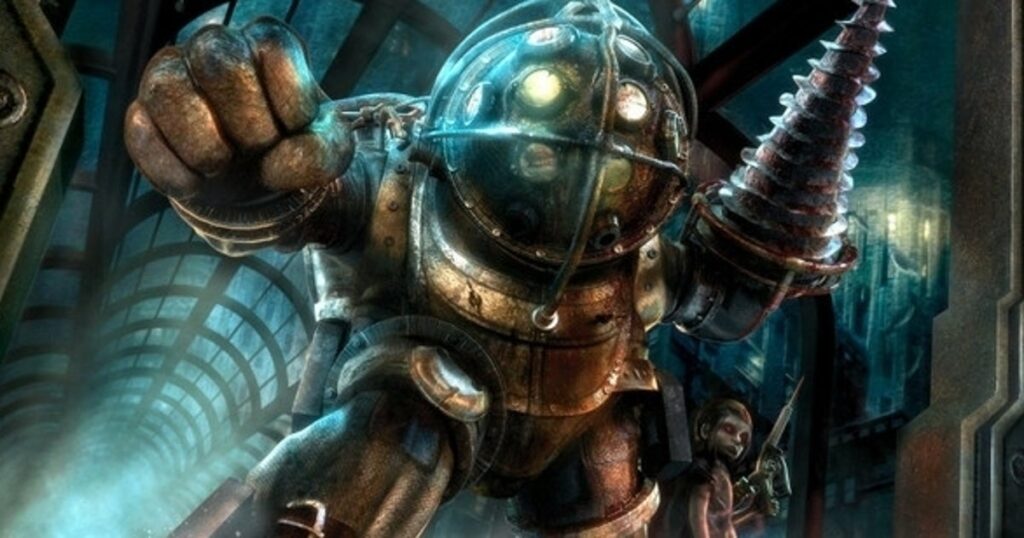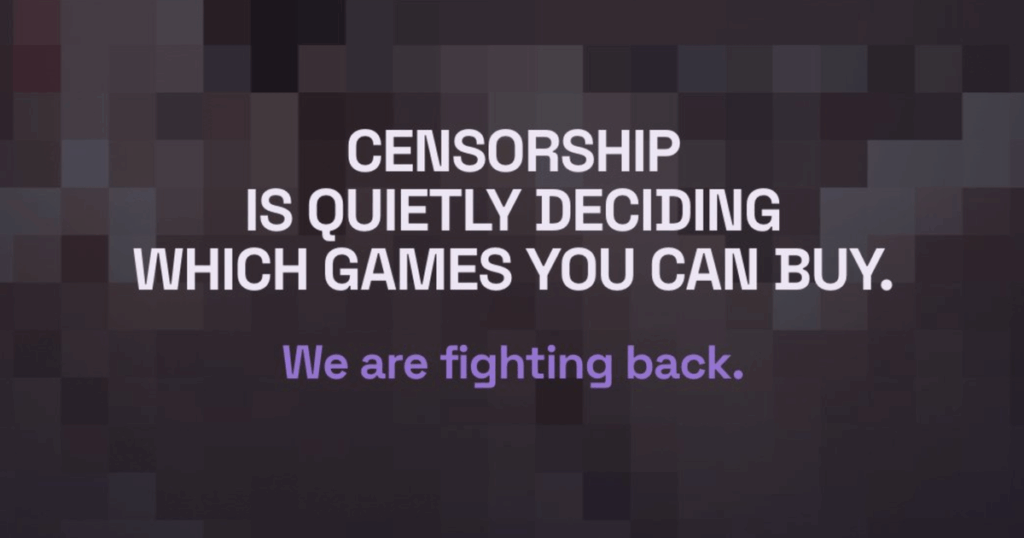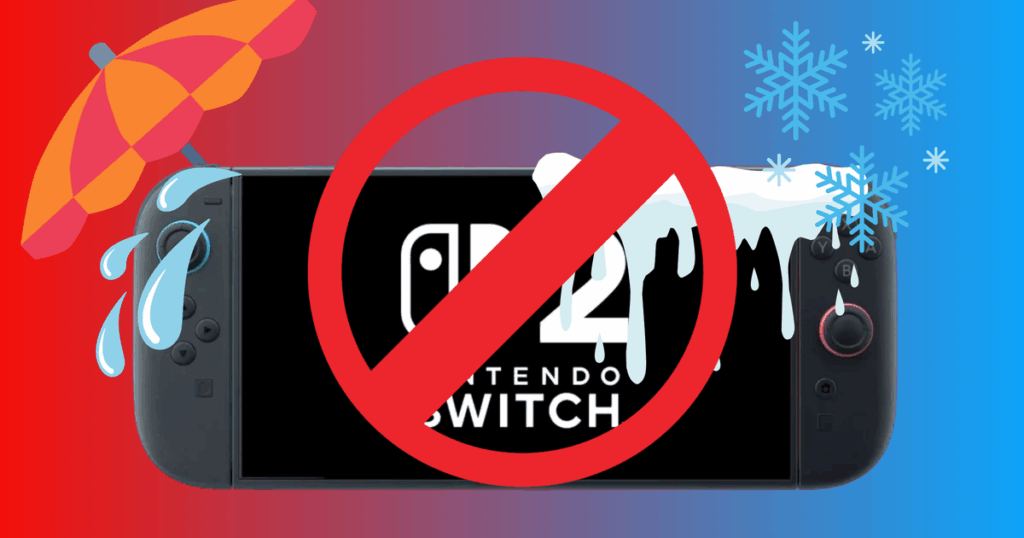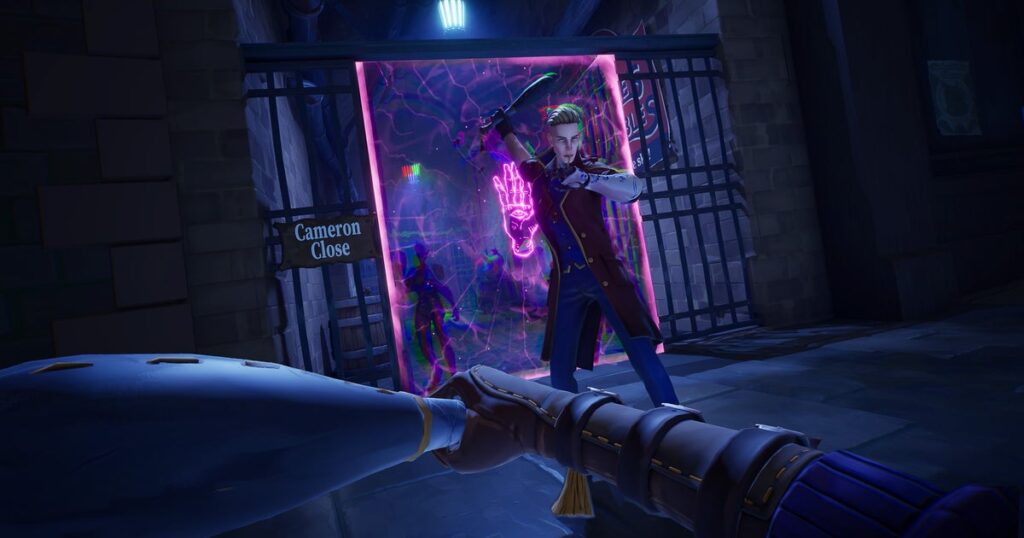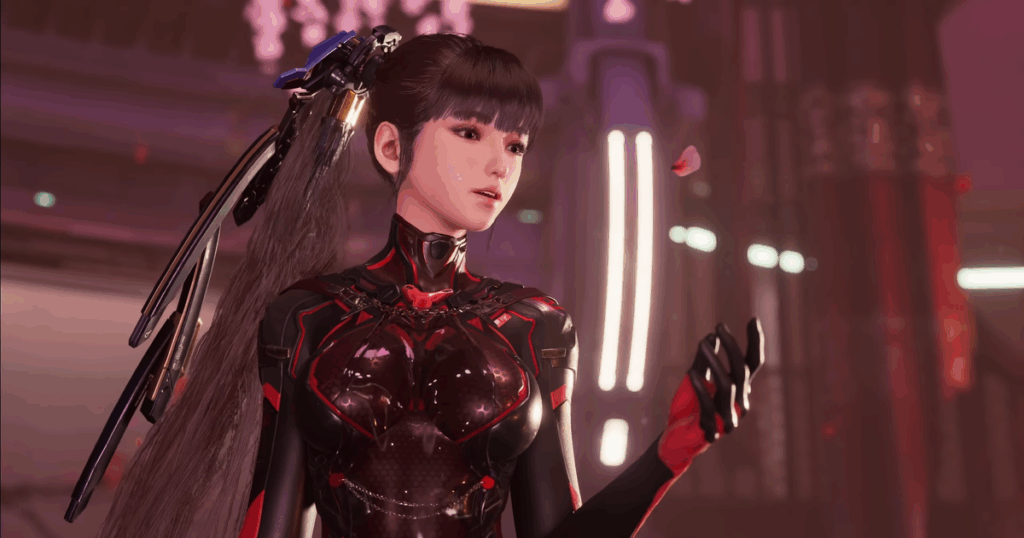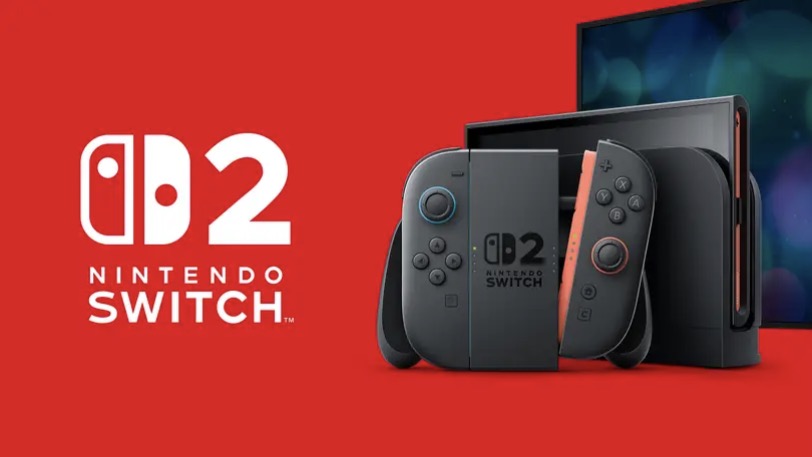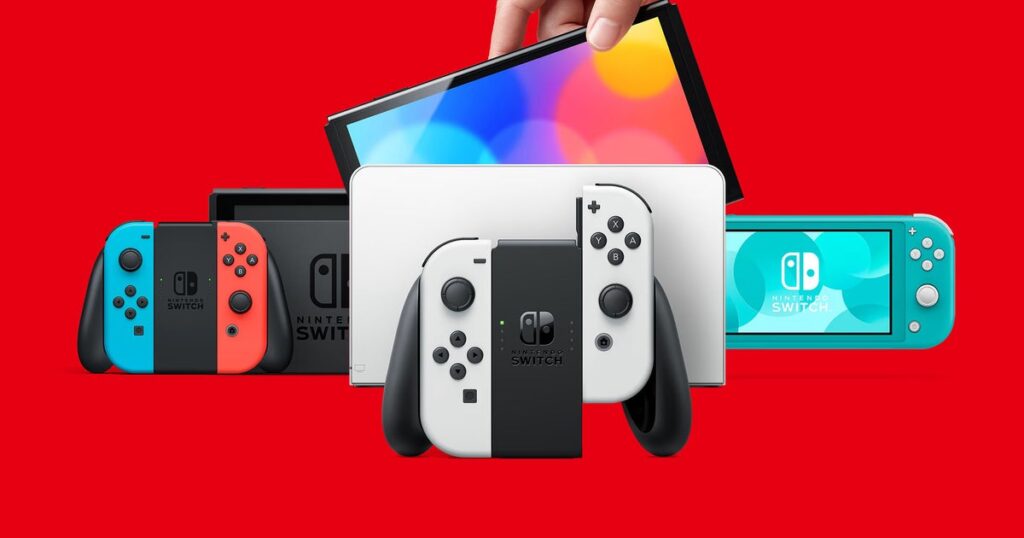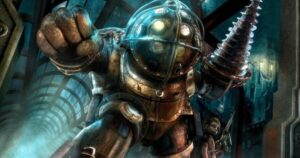There’s been a lot of writing about Aonic Group in recent years. Since its founding in 2021, the company has established a name for itself, in large part thanks to a mergers and acquisitions strategy that has enabled it to acquire virtual reality specialist nDreams, Warren Spector’s Otherside Entertainment, and Liverpool-based Milky Tea.
Like many businesses, Aonic Group was started out of frustration. Co-founders Paul Schempp and Olliver Heins wanted to invest in and acquire mid-tier studios, an interest their bosses did not share, as they felt these developers, despite often being wildly successful, were too small.
So Heins left his role at MTG, while Schempp secured an investment from Active Ownership Capital, the investment firm in which he was a partner, to found Aonic Group. Their aim was to help mid-level studios reach their full potential.
“We saw that there are so many companies, even some of them are 20 years old, that are still very early in their journey,” chief product officer Heins tells GI.biz. “They just need someone who helps them.”
When it comes to supporting mid-tier developers – or double-I, indie-A, whatever your buzzword of choice is – it’s less about budgets. That’s certainly a factor, but Heins says there are many elements that go into choosing which projects to back.
“The whole industry needs to start to change how they see budgets,” Heins explains. “I would say that we really need to believe in the vision. Does this game have an audience? Is it entertaining?
“The second thing is that we need to consider whether we can build this game within a reasonable timeframe, given the dynamic nature of the market,” Heins says. “We wouldn’t want to back a game that is going to take seven or eight years to make because we don’t know what the world will look like in that timeframe.
“The last thing is that we assess the market opportunity for the product. How big is the market? How saturated is the market?”
Heins continues: “Out of that, we calculate what the potential accessible market size is, then think about how good the game is and how much of a successful market we can get. On that basis, we simply ask how much money we can make, and that determines how much money we are willing to spend on a game. If it falls into that, we are okay with that. We have games that cost $100,000, we have [games] that cost $40 million. We just need to believe that it’s a viable business.”
As mentioned, Aonic has been on something of a shopping spree since its inception. When it was set up, the aim was to own 12 companies by 2026. Including the Megabit publishing arm that it launched in 2024, the firm is already very close to that goal.
But Aonic says that it is being careful with its M&A strategy, choosing to be selective rather than buying whatever is out there.
“We wanted to create a group where people help each other,” Heins says. “Synergies are very important for us. Whenever we look at a company, we’re evaluating whether it can add value to the group. One plus one needs to be more than two. We’re a games group, which is a home for small mid-size studios, which want to be part of a highly synergetic group and family.”

These synergies so far have included studios teaming up to combine their mobile and IP knowledge to build a product for an unnamed US corporate giant. Aonic has also helped Otherside stay small by moving into outsourcing.
“They don’t want to be bigger than 50 or 60 people to keep the creativity on a great flow,” Heins explains. “But they needed more production. Outsourcing in AAA is heavily overpriced, but the bigger problem is that you don’t know the people working on your game.
“We have BKOM, an outsourcing company based in Canada. We scrapped outsourcing and instead decided to in-source with BKOM. Now we don’t have to pay the margin for a third-party, which reduces the price by 40-to-60 per cent.”
Hearing Heins discuss an M&A strategy geared not just at growing into a European powerhouse but also introducing synergies and improving efficiencies recalls a conversation with Lars Wingefors of Embracer Group back in 2018.
As you might have read, things haven’t been going great for that particular European games giant in the past few years. It was overleveraged and made some bad financial calls, having embarked on a veritable shopping spree of M&A activity.
“We have games that cost $100,000, we have [games] that cost $40 million. We just need to believe that it’s a viable business.”
Olliver Heins, Aonic
But Heins is confident Aonic won’t suffer the same fate due to some key strategic differences.
“The companies we acquire are on a very different part of the journey,” he explains. “Embracer bought very big, established companies with big brands and IPs. We did not buy those kinds of companies. We only buy companies where we believe they have two, three, or four steps ahead of them. The biggest company we have acquired so far is nDreams and it had only 79 members of staff at the time. It’s just way easier to work with smaller companies.
“The second advantage is that we aren’t public. Everything Lars and Embracer did was for the share price, which is a fair and valid strategy. They had done deals, maybe just for that reason, which is legitimate,” Heins continues.
“That’s what Lars’ job as CEO was: he had a responsibility to his investors. We don’t have that. We have investors, but our strategy is focused on a longer-term to mid-term timeframe. We have the luxury of being able to buy companies knowing there’s no profit. There’s no immediate impact on our valuation.”
Its Megabit publishing arm was founded – again – out of frustration with some of the deals the studios it had acquired had signed.
“We saw publishing agreements that were just terrible,” Heins says. “Some publishers say they’ll give developers 50 per cent of development costs, but they want 80 per cent of revenue after they get their money back, and they don’t give devs any guarantees.
“There are two reasons why people accept these terms: one is capital, [because] studios run out of money to finish the game. But the second problem is that if you are one game studio, particularly an indie, you don’t have the money to have your own publishing team. Those were two problems we didn’t have.” Megabit is acting as the publisher for all of Aonic’s games, but the company is also signing third-party titles.
“First party is important for us, it’s long-term value creation for Aonic,” Heins explains. “Third-party is also important because we need to feed back into the ecosystem. We want to do more third party. It’s very simple, now we have a name and we receive some incredible pitches. It’s fair to say it’s less risk for us. The total value creation in the long term is not the same, but revenue potential is fantastic.”

Much of the coverage around Aonic Group so far has centred on its investment and acquisition activity. There’s still more of that to come, but Heins says that the pace has slowed down for the time being.
“We still need a few parts in our tech vertical,” he says. “There are still some small bits and pieces we’d like to add to that.
“On the games side of things, we’re not quite there with mobile yet. That’s what we’re still looking for. When we first looked, companies either didn’t match the group or were just too expensive. There was a gold rush during COVID. People paid incredibly high prices for mobile studios.
“We want to [make] financially reasonable deals because we’re not public yet, so we have to look at the multiplier we pull. We’re now looking into a few mobile games companies. M&A will still be happening, but much more selected and targeted.”
Not public… yet. Certainly, an IPO is something that may be of interest at some point in the future.
“It always depends on who you ask,” Heins laughs. “We definitely aim to have an exit event. We are a company that was heavily invested in by Active Ownership, and we’ve had other investment. They will eventually want their money back. We aim to have an exit event and we plan to give that to our employees because more or less every employee is incentivised to have a part in Aonic. Logically, an IPO is one scenario. We are not working on that right now. There’s many different ways of having an exit and an IPO is [potentially] one of them.”
Looking to the future, Heins wants Aonic to both make great games for the market, while also making sure that it is doing right by its backers.
“We want to stay on a growth path,” Heins says. “Ideally, we won’t have years without growth because it’s more exciting to be growing. The most important thing is we always want to be a dynamic company that will always be able to adjust to the market.
“If you look at the games market five years ago, it’s very different to the one we have today. We always want to be a company that can adjust where possible.”

